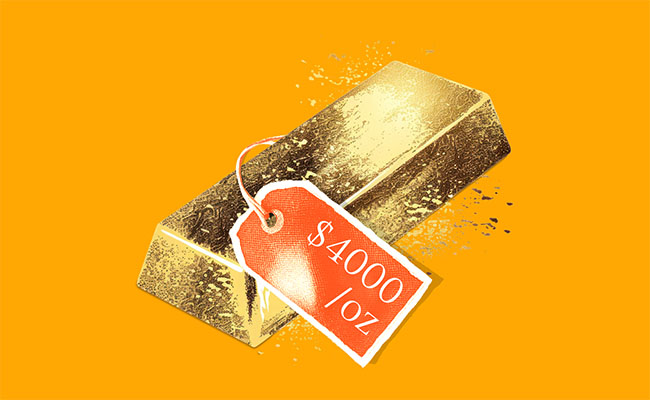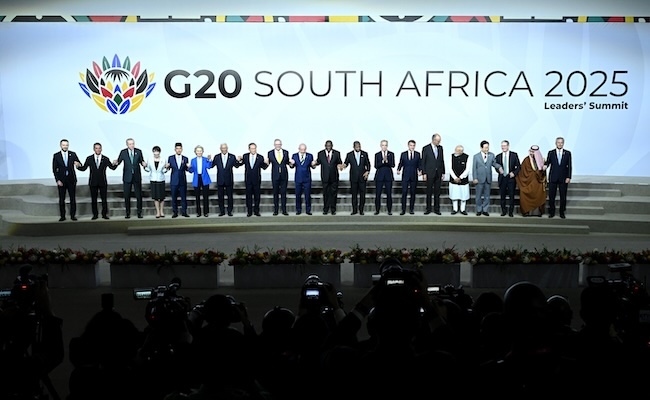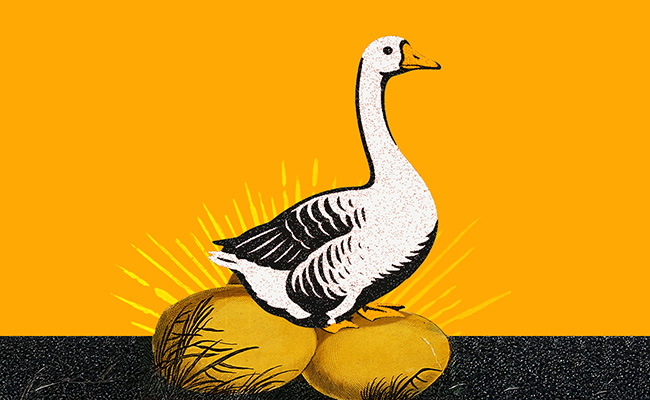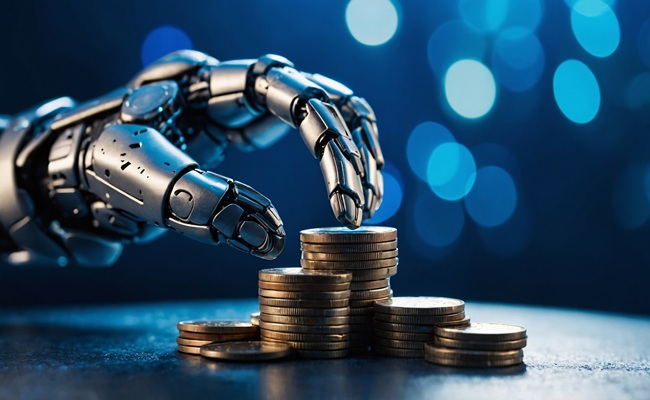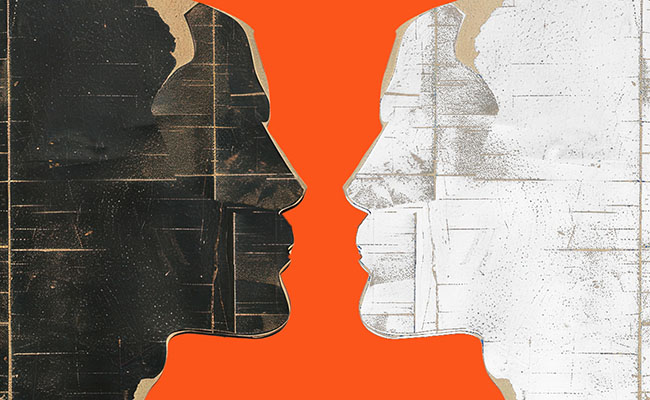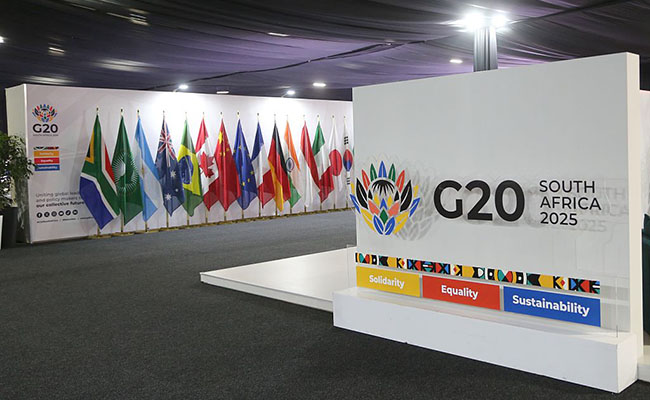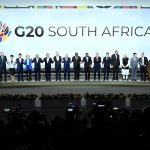Somewhere between the market ticker and the US presidential tweetstorm, the price of gold has loudly slipped past $4,000 an ounce. For most of the world, it’s a curiosity. But more fundamentally, it’s a signal that the global financial order is quietly, and quite profoundly, shifting.
A lot of the analysis of the gold price sees it as evidence of a kind of irrational market rush caused by FOMO – the fear of missing out. But George Glynos, head of research at ETM Analytics, sees it differently: “Central banks are buying gold like it’s going out of fashion.”
A decade ago they made up about 10% of global demand; now they account for almost a quarter. Add private investors, and the two entities constitute almost half of all current gold purchases.
The flip side of the strong gold price is a weaker dollar, and though the reasons overlap, their respective stories are not precisely same, Glynos says
The key issue is that countries that used to store their savings in US Treasuries have begun to look elsewhere. Most crucially, China has cut its holdings of American assets from $1.3-trillion to under $750bn.
The fundamental reason is that gold is everything the dollar is not: scarce, stateless, unprintable. It doesn’t default, it doesn’t sanction, and it doesn’t need a central bank to back it. In a world increasingly suspicious of promises, those are powerful credentials. The world is looking for something more unaligned, and gold satisfies that requirement, Glynos says. “It behaves almost like a global currency – except it’s one with intrinsic value.”
Fading exceptionalism
Meanwhile, the dollar looks tired, but off a very high base. It got a huge boost during the Covid period and has been running very high for a long time now.
This was based on the idea of American “exceptionalism” that allowed the US to run high yields and high growth at the same time. The idea is not dead but is somewhat fading. The US now spends more servicing its debt than it does on its military. Inflation remains sticky, growth is fading, and Wall Street valuations have drifted into that dangerous altitude where oxygen runs thin. The dollar, Glynos says, could fall another 10% or 12% before it’s merely “fair value”.
Back in the markets, investors are quietly rearranging their portfolios. The flow out of US assets is slow but steady. Some are rotating into commodities, others into what might be called tangible finance: things you can weigh rather than just value. Even the silver price – and bitcoin, that unruly cousin of gold – is being pulled upward in sympathy. The old safe havens are looking less safe; the ancient ones, more reliable.
“What we’re seeing isn’t cyclical. It’s structural,” argues Glyncos. Central banks are rearming not for war, but for independence, and consequently, this could last for a long time, perhaps a decade or more, he says.
They’re buying insurance against the empire of the dollar. And as long as that continues, the world’s oldest currency – yellow, heavy and inconvenient – will keep reminding us that sometimes the most modern trade in the world is the oldest one there is.
Top image: Rawpixel/Currency collage.
Sign up to Currency’s weekly newsletters to receive your own bulletin of weekday news and weekend treats. Register here.



